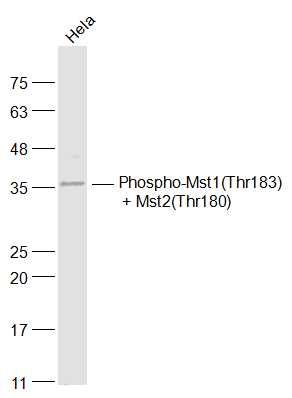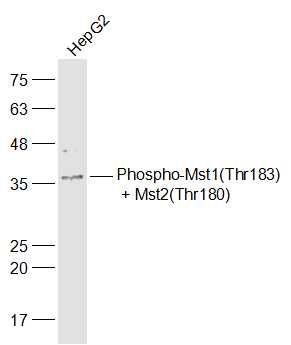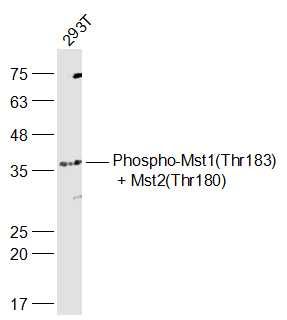Specific References (3) | SL3294R has been referenced in 3 publications.
[IF=4.486] Jinjing Jia. et al. RAS-association domain family 1A regulates the abnormal cell proliferation in psoriasis via inhibition of Yes-associated protein. 2021 May 07 WB ; Human.
[IF=10.317] Qi Yang. et al. A novel biodegradable external stent regulates vein graft remodeling via the Hippo-YAP and mTOR signaling pathways. Biomaterials. 2020 Nov;258:120254 WB ; Rat.
[IF=5.589] Gao R et al. PM2.5-associated nitro-PAH exposure promotes tumor cell metastasis through Hippo-YAPmediated transcriptional regulation. Sci Total Environ. 2019 Aug 15;678:611-617. WB ; Human.


